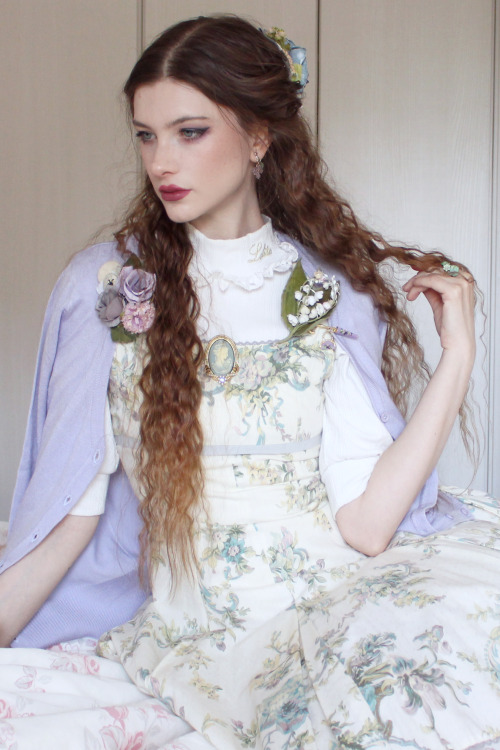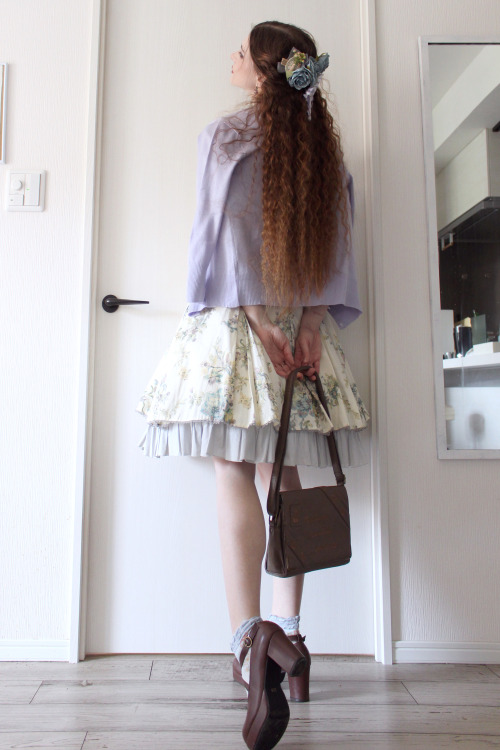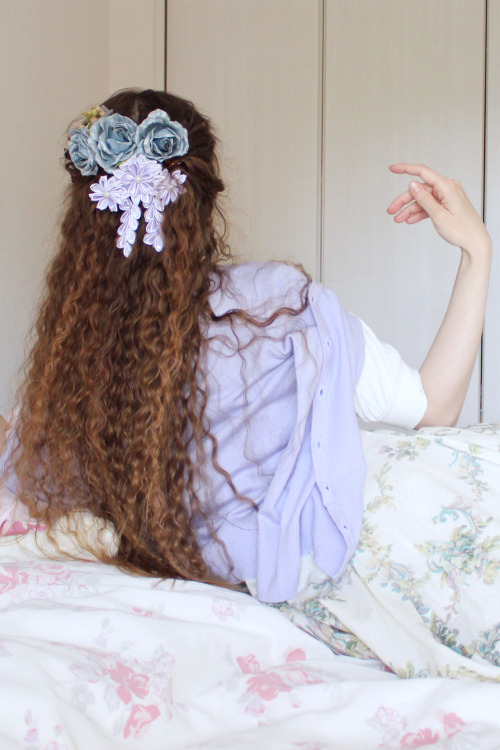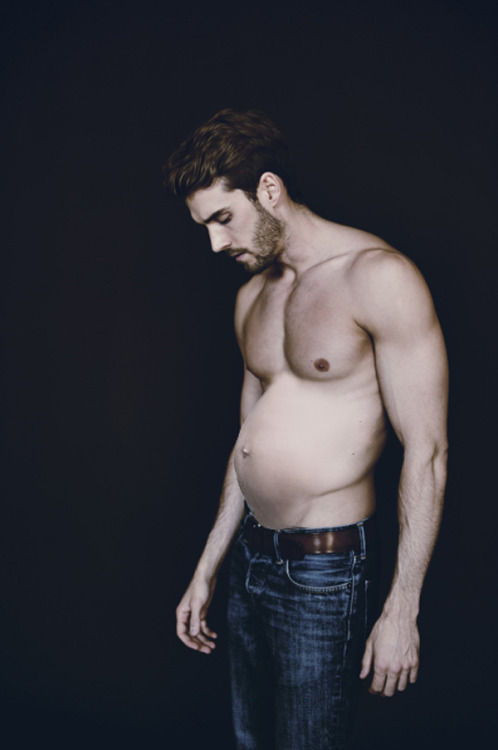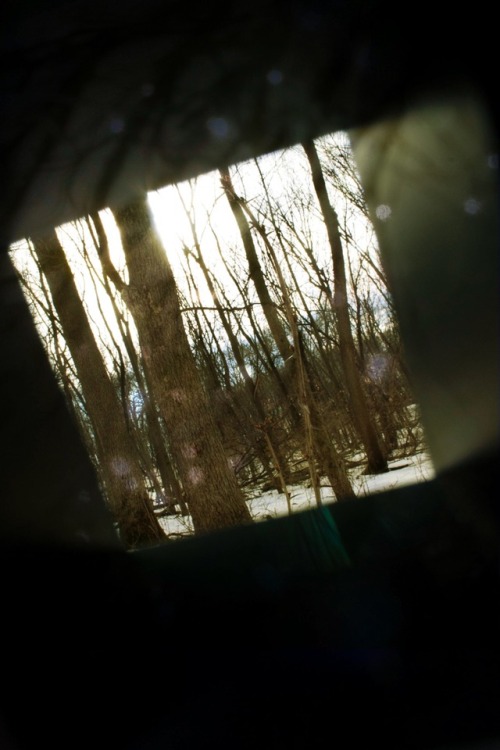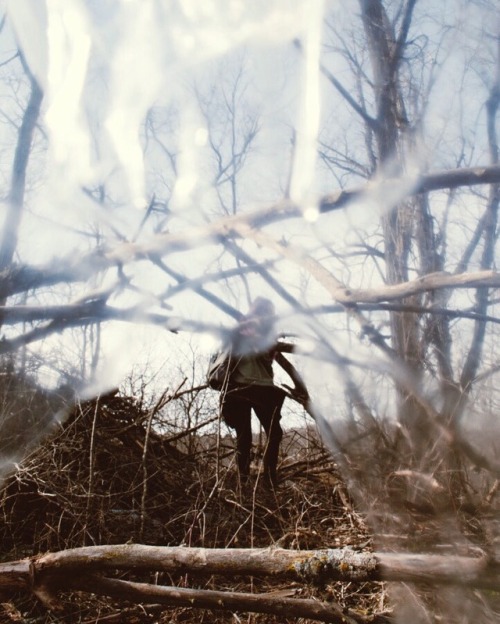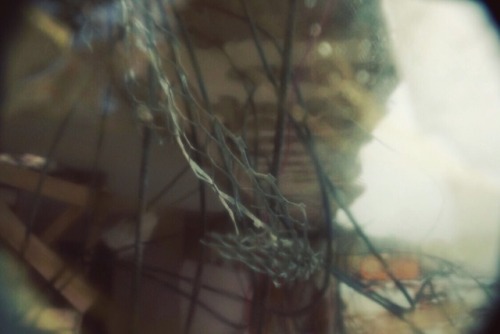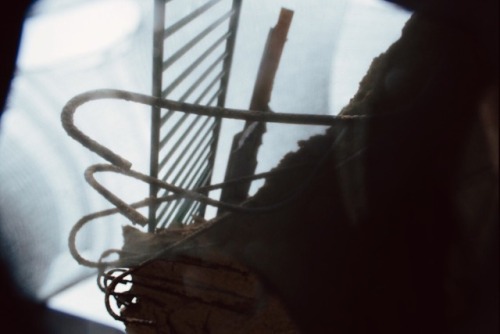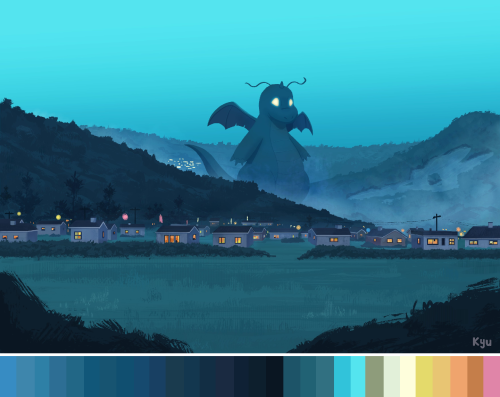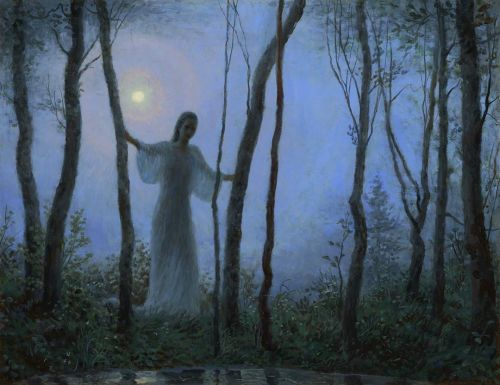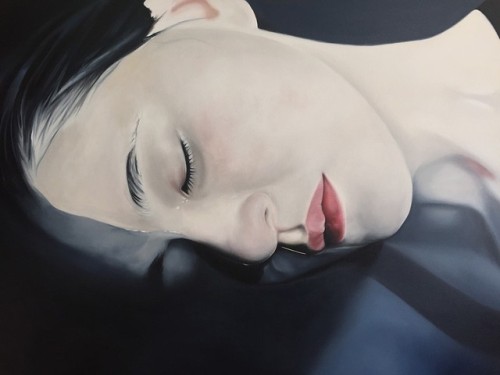#cool tones
I had plans to go see wisterias, but I missed them again this year, so I went to see the May roses at Jindai botanical gardens. Since it was “on the way” (on my crazy walking standards), I also visited Coffee House Tom, a kissa that used to be in Yoyogi, but moved to Chofu, as well as all the very traditional Japanese area surrounding Jindaiji. See my Instagram for those pictures.
Outfit rundown
Dress: second-hand Mary Magdalene
Turtleneck: thrifted
Cardigan: old from Boutique 1861
Bag: second-hand Manifestange Métamorphose temps de fille (yes, it has the full name on it)
Shoes: second-hand Queen Bee
Socks: Old Grimoire
Cameo and umbrella+purse brooch: vintage
Lily of the valley corsage: Pauline Rose
Lavender roses corsages: Design Festa
Ring: thrifted Michal Negrin
Violet hair decoration: handmade by my cousin
Blue roses: Daiso assortment I pinned in
Blue+yellow hairpin: Axes Femme
Post link









Going misty today
Like or reblog if you save x
Photo 2 project focusing on framing with my own experimentation of DIY lens filters!
Flickr|Instagram|My Portfolio Site
Post link
‘Rusalka’ by Konstantin Vasiljev.
Rusalka is a female water spirit in Slavic mythology and folklore. According to Vladimir Propp, the original “rusalka” was an appellation used by Pagan Slavic tribes, who linked them with fertility and did not consider rusalkas evil before the nineteenth century. They came out of the water in the spring to transfer life-giving moisture to the fields and thus helped nurture the crops.
In nineteenth century versions, a rusalka is an unquiet, dangerous being who is no longer alive, associated with the unclean spirit. According to Dmitry Zelenin, young women, who either committed suicide by drowning due to an unhappy marriage (they might have been jilted by their lovers or abused and harassed by their much older husbands) or who were violently drowned against their will (especially after becoming pregnant with unwanted children), must live out their designated time on earth as rusalkas. However, the initial Slavic lore suggests that not all rusalkas occurrences were linked with death from water.
It is accounted by most stories that the soul of a young woman who had died in or near a river or a lake would come back to haunt that waterway. This undead rusalka is not invariably malevolent, and would be allowed to die in peace if her death is avenged. Her main purpose is, however, to lure young men, seduced by either her looks or her voice, into the depths of said waterways where she would entangle their feet with her long red hair and submerge them. Her body would instantly become very slippery and not allow the victim to cling on to her body in order to reach the surface. She would then wait until the victim had drowned, or, on some occasions, tickle them to death, as she laughed. It is also believed, by a few accounts, that rusalkas can change their appearance to match the tastes of men they are about to seduce, although a rusalka is generally considered to represent universal beauty, therefore is highly feared yet respected in Slavic culture.
Post link

Edited
New Competition: North Knight


